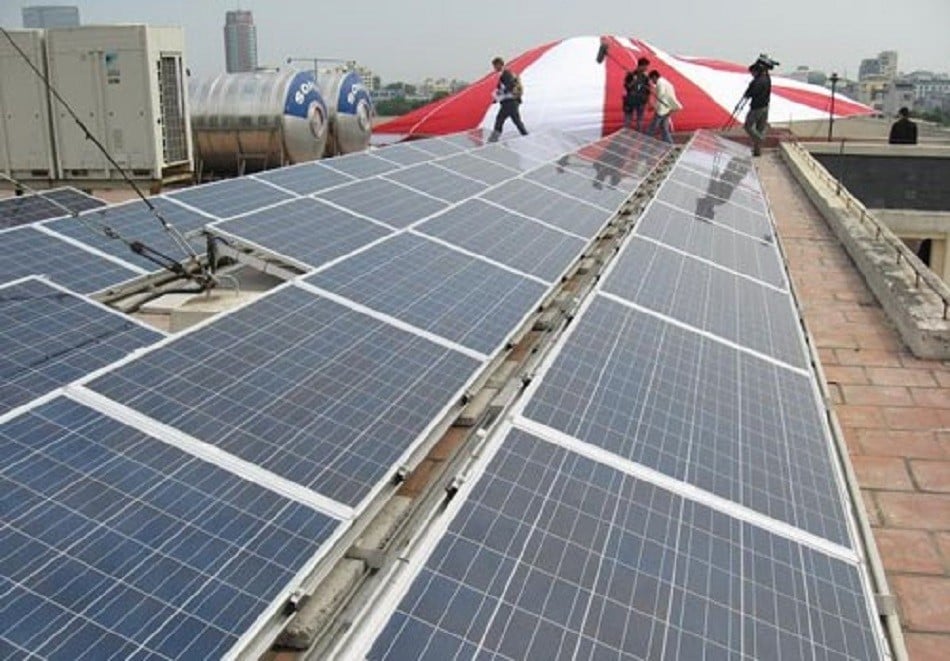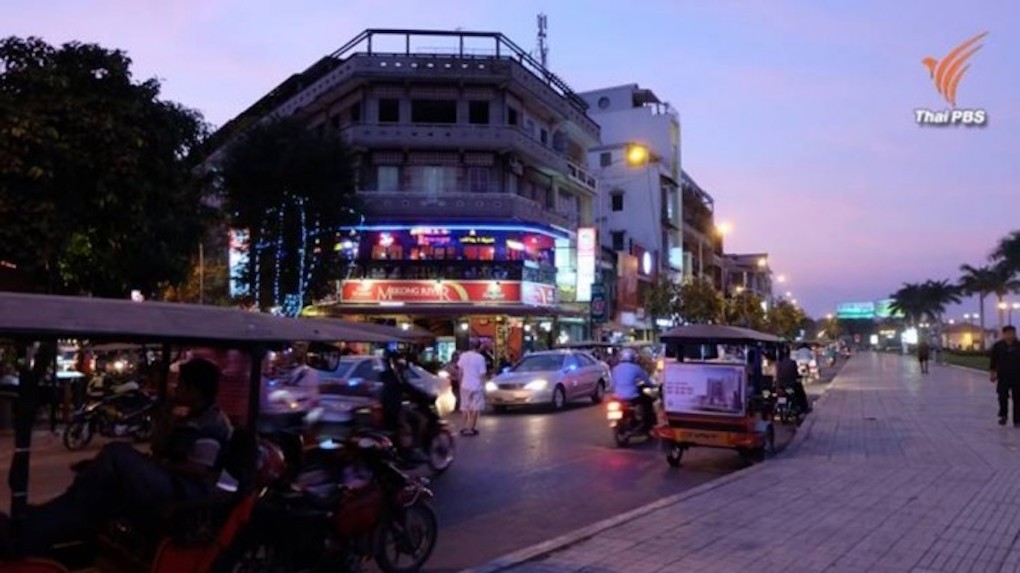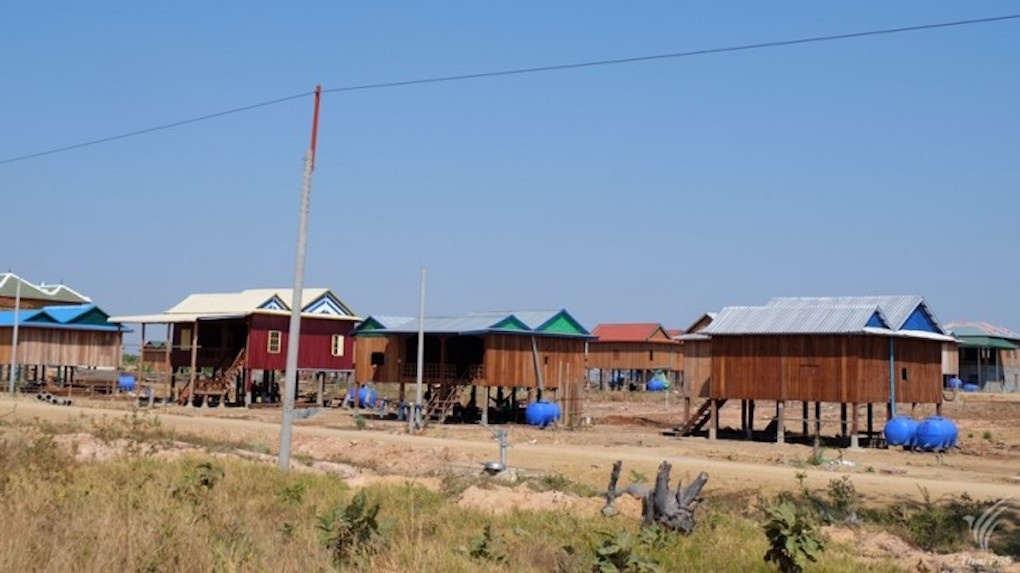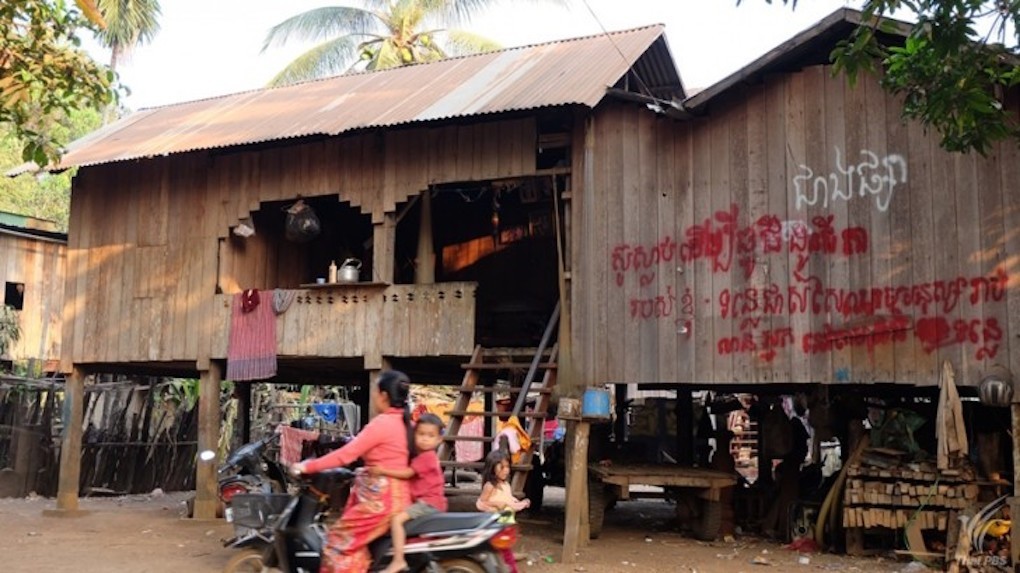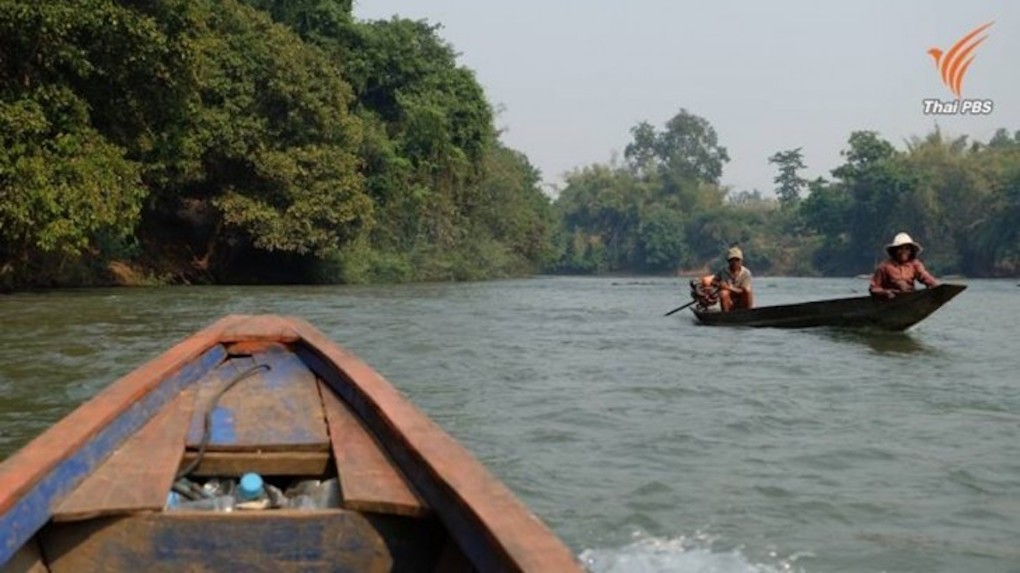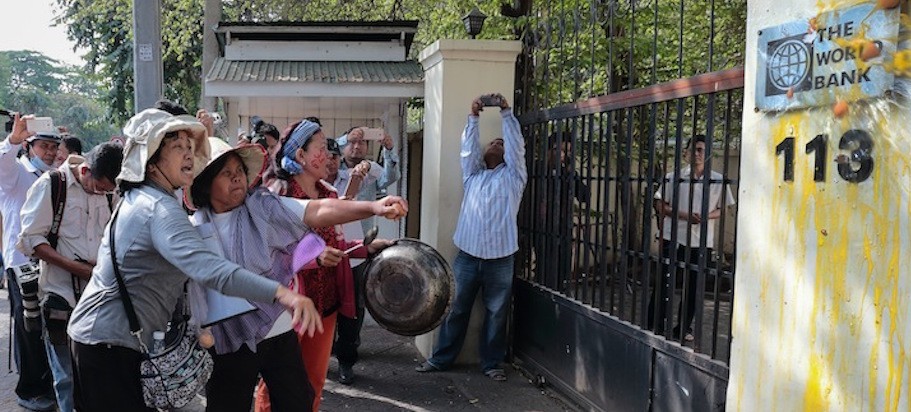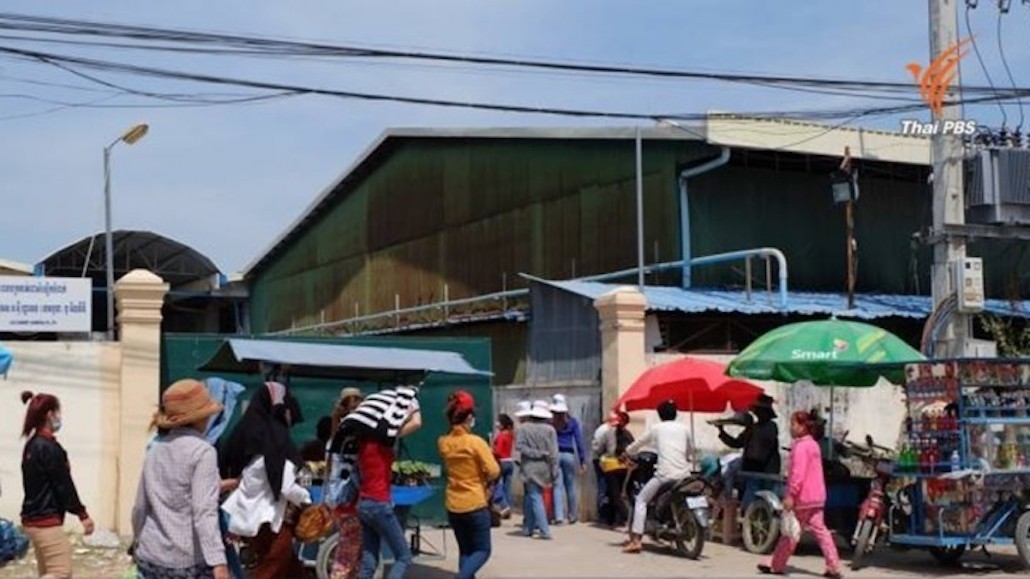Solar energy is a clean and available energy source. If this renewable energy source is used effectively, then the deforestation from hydropower construction will not happen anymore. Vietnam and Cambodia are two countries in South East Asia that have advantages in solar energy sources.
Tag: Cambodia
Harnessing Sesan River (Part 4): Hydroelectric dam: A new hope for Cambodia’s development, economy and better livelihood of the people
A major blackout in Phnom Penh and 24 provinces across the country on the night of November 26, 2015 became front-page headline news in Cambodia.
Harnessing Sesan River (Part 3): Living a new life in resettlement areas
For many of the 500 families in Srekor villages and six other villages in Stung Treng province of Cambodia, life will never be the same when they are moved to resettlement areas following the completion of the Sesan II dam.
Harnessing Sesan River (Part 2): Voices from another village facing evacuation to make way for a dam
Srekor village in Stung Treng province of Cambodia is another village destined to be evacuated to pave way for the construction of the lower Sesan II dam which is now 50 percent complete.
Harnessing Sesan River (Part 1): the choice between fish or electricity
“I can’t say whether fish and electricity can substitute each other…” so said Sana, a 25-year old fisherman of the Sesan river in Stung Treng province of Cambodia when asked by a Thai PBS reporter about the lower Sesan Dam II.
Harnessing the Sesan River: An In-depth look at the Lower Sesan 2 Dam
A comprehensive investigation into the myriad of social, economic and environmental challenges facing communities along one of the Mekong’s most biologically and socially vibrant tributaries due to the Cambodian government’s determination to erect a major hydroelectric dam.
New EIA rules for mining
Kali Kotoski The Ministry of Mines and Energy signed joint prakas with the Ministry of Environment to simplifying the environmental impact assessment (EIA) requirements for artisanal and small-scale mining practices. The law has set up a transitional regime for EIA compliance, based on the scale and scope of existing mining operations in attempt to formalise […]
World Bank to re-engage after five-year absence
The World Bank has approved $130 million in developmental aid aimed at reducing poverty in Cambodia, signalling its first direct re-engagement with the Kingdom since it left in protest in 2011 after one of the largest forceful evictions led by the government displaced more than 3,000 families.
The decision came last week when the World Bank’s executive directors voted on a new Country Engagement Note (CEN) that approved financing of four projects including infrastructure development, clean-water projects, agriculture production and access to health care.
Harnessing Sesan River: Cambodia and its goal for electricity self-sufficiency
For the past ten years, Cambodia’s economy has been growing by an average of 7 percent and the government has set the sight to upgrade the country to the status of middle-income country in 2030 by promoting investments especially garment industry and service sector. And this has spurred the increasing need of electricity.
According to the Electricity Authority of Cambodia, Cambodia bought 40-50 percent of its energy need from neighbouring countries. The Southeast Asia Energy Outlookj 2015 report which was undertaken by the International Energy Agency predicted that energy need of the region would increase to three times of the current need in year 2040 and coal was designated by IEA as the main source of fuel for electricity generating.
Southeast Asia’s Rivers Run Dry
The dry months before the monsoon rains arrive are often tough for Cambodian fishermen and farmers. But with rivers drying up and drinking water running out, conditions have rarely been as bad as they are now.
The current drought is linked to El Niño, which has been disrupting weather patterns around the world. But the harsh conditions today might only be foreshadowing far worse to come, climate scientists say. Climate change is expected to continue to affect the Mekong Basin region, while future droughts are expected to be exacerbated by a string of major hydropower dam projects.
Experts fear that the present crisis could become the new normal for Cambodia and its neighbors, which have also been hit hard by record temperatures and a long period of extremely dry weather.


